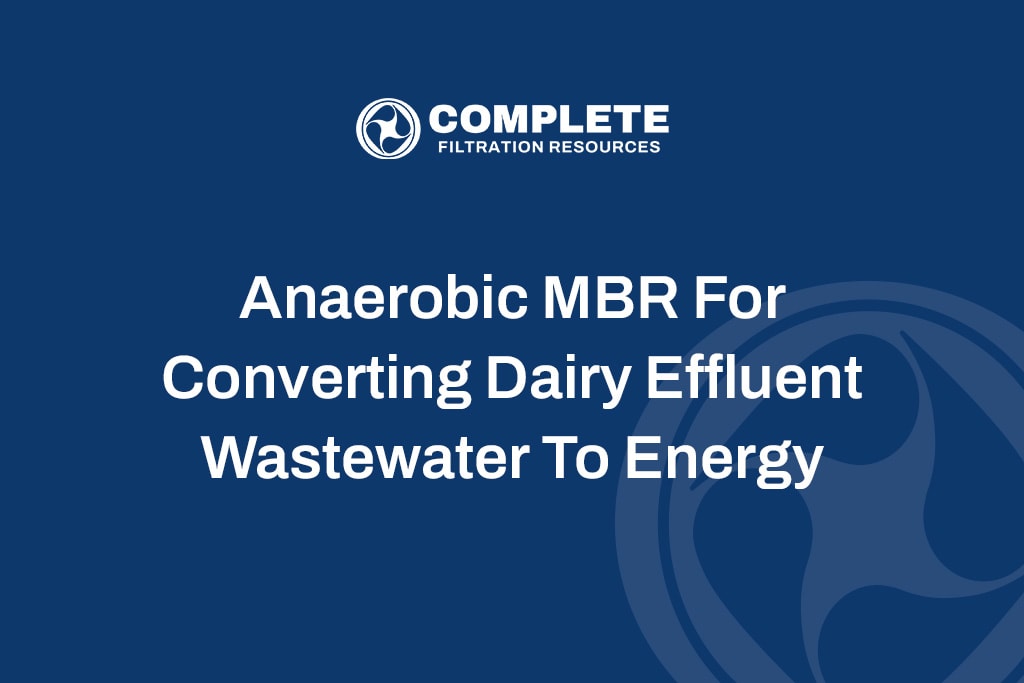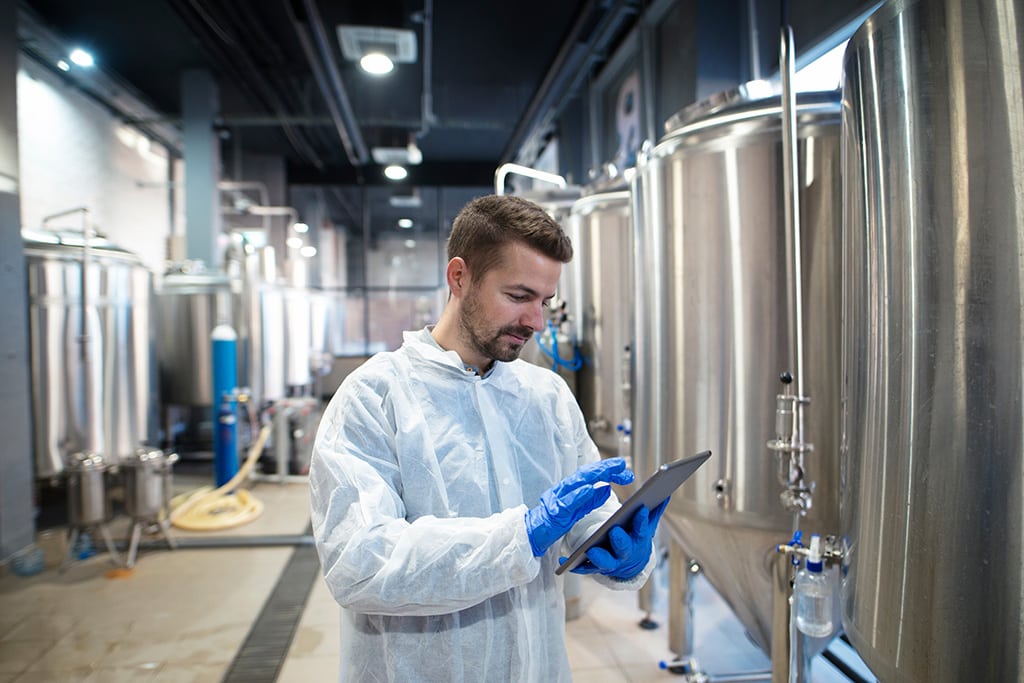Sustainability. It’s a major topic among every industry around the world and a company’s pledge to sustainability is starting to affect their bottom line. A recent survey from the IBM Institute for Business Value uncovered that over 50% of consumers are “willing to pay a premium for brands that are sustainable and/or environmentally responsible.” Furthermore, a recent report from Aflac said that 77% of consumers are more willing to purchase from a brand with a pledge to sustainability.
According to the Harvard Business School Online, companies are now focusing on a sustainable business strategy to positively impact the environment and society, in addition to benefitting shareholders. A common way to understand this approach is to use a concept knows as the Triple Bottom Line. This is a business concept that requires a focus on both the social and environmental impact of a business, in addition to financial performance, rather than just focusing on generating profit. To some, implementing the triple bottom line approach may seem unrealistic in a society that emphasizes profit and dividends over purpose. However, in many situations with the right mindset and right approach, it’s possible to achieve environmental, social, and financial success.
The question then becomes, how does a company in the dairy processing industry accomplish all three goals? It starts with having the right mindset and taking the right approach to managing wastewater. This approach can be implemented whether you have an old cheese plant with an outdated treatment facility or if you are planning a new greenfield plant.
CFR’s Approach to Sustainability
Historically, dairy wastewater has been expensive to manage due to its high organic loading and large volumes produced. The traditional approach of applying aerobic treatment to reduce Chemical Oxygen Demand (COD) is an effective yet expensive way to manage the wastewater. In general, the biggest consumer of energy in a wastewater treatment facility are the blowers that deliver oxygen to the aeration basins.
Instead of consuming huge amounts of energy to break down the COD in the wastewater, CFR’s approach is to use anaerobic digestion to generate electricity from the organic material in the wastewater. CFR’s Anaerobic Membrane Bioreactors couple ultrafiltration with anaerobic digestion to create a high-efficient, compact process that removes >98% of COD in a single step. Furthermore, the main byproduct of this process is biogas which consists of 55-65% methane. This methane can be captured and used as fuel for a Combined Heat and Power (CHP) unit to generate renewable electrical and thermal energy. A CHP unit is a gas engine that is linked to an alternator in order to generate electricity at high efficiency.
Here’s some math. On average, it costs about $150 in electrical energy to treat 1000 pounds of COD with an aerobic system. However, if anaerobic digestion is used that same 1000 pounds of COD is worth $440 in renewable electricity. The value is in the organic material that is converted to biogas. With the high organic loadings that are generally found in dairy wastewater, most treatment facilities are, at a minimum, net energy neutral. This means that the wastewater can generate enough electricity to power the entire wastewater treatment facility, and usually more.
In addition to being able to generate renewable electrical and thermal energy, water reuse is also possible for those who have a negative water balance or want to further reduce their impact on the environment. With the use of membrane treatment, large volumes of wastewater can be treated to reuse quality and used in non-contact applications such as in boilers or as make up in cooling towers.
Our approach is to custom engineer each process to meet the challenges of dairy production. Each production plant is unique, and we approach each project with an open mind on how to design the most economical wastewater treatment plant possible. Using our understanding of dairy processing, we design wastewater treatment facilities with industrial considerations, not traditional municipal treatment practices.
How CFR Can Help
Our engineering team can provide a detailed economic analysis that compares your current wastewater treatment costs to what the total cost of ownership would be for a new wastewater treatment facility. We can investigate the costs and benefits of creating renewable energy and reusable water as well as plan for future plant expansions. In many cases, companies can see an ROI in less than 5 years by making changes to their wastewater treatment process. Capital an issue? We even have relationships with institutions that will finance your wastewater treatment system, operate the system, and be responsible for meeting all discharge limits. This service is based on an upfront agreed upon cost to treat all wastewater that allows dairy plants to focus and invest on making product, not treating waste, which in effect de-risks your wastewater liability.


